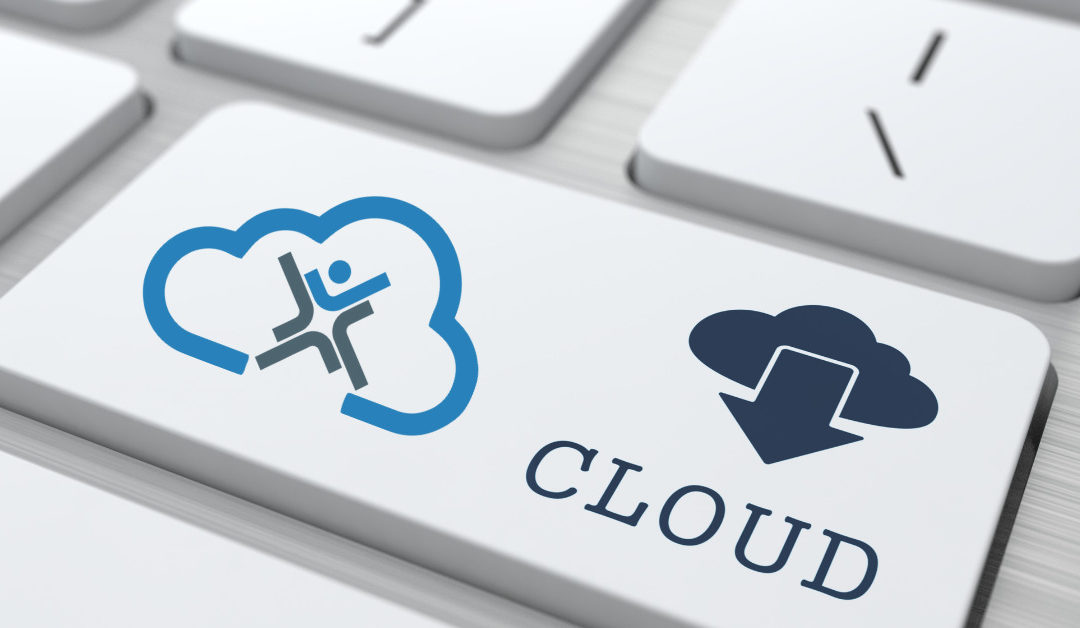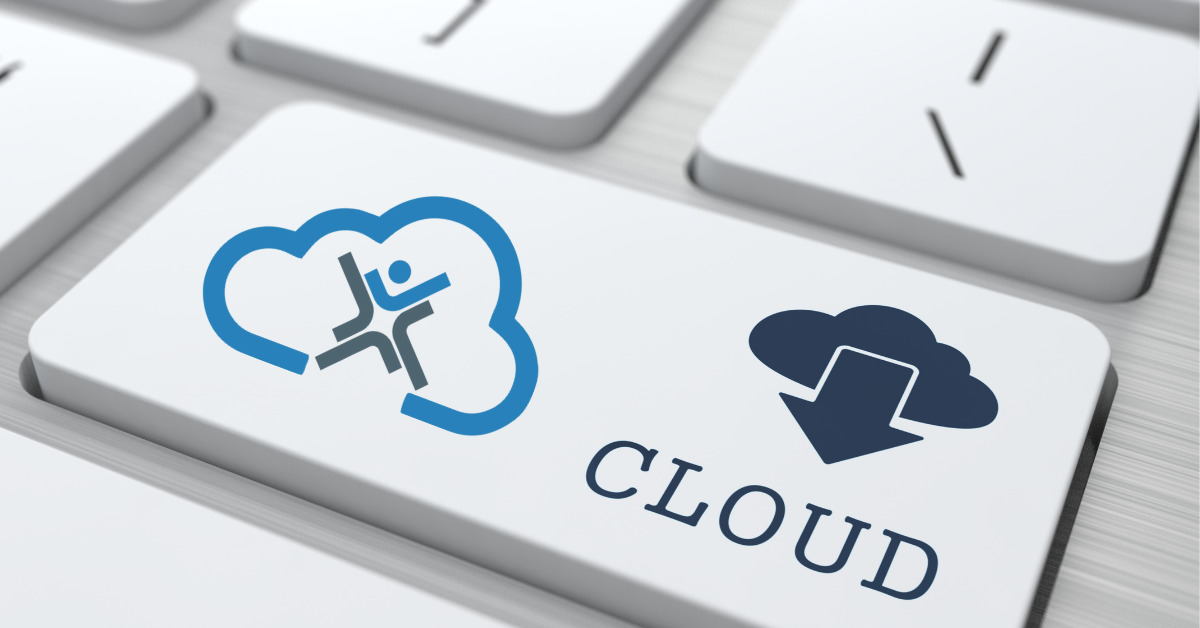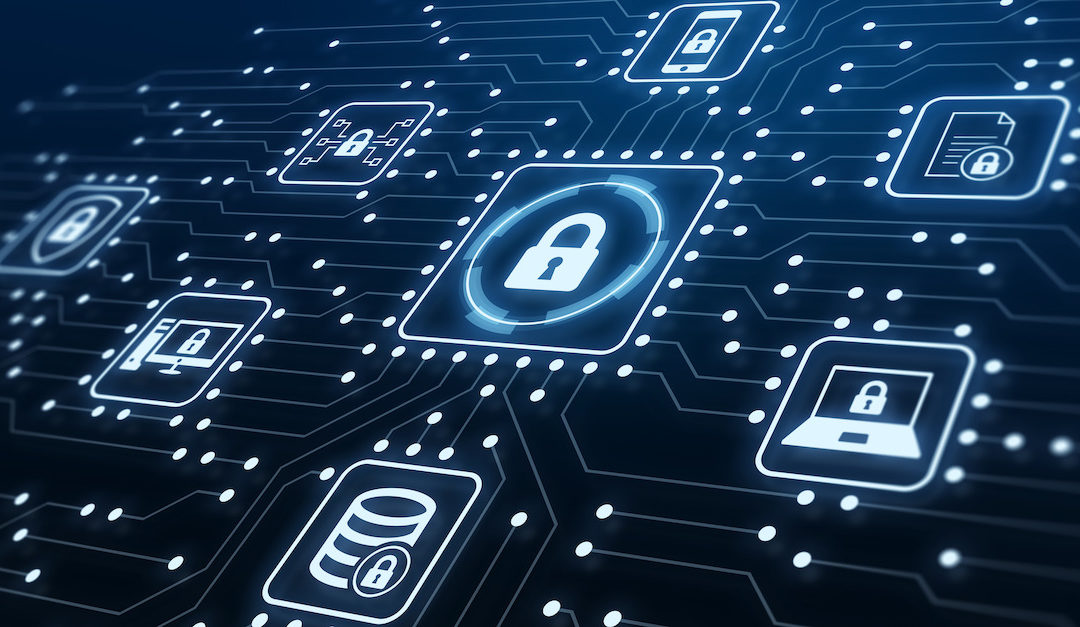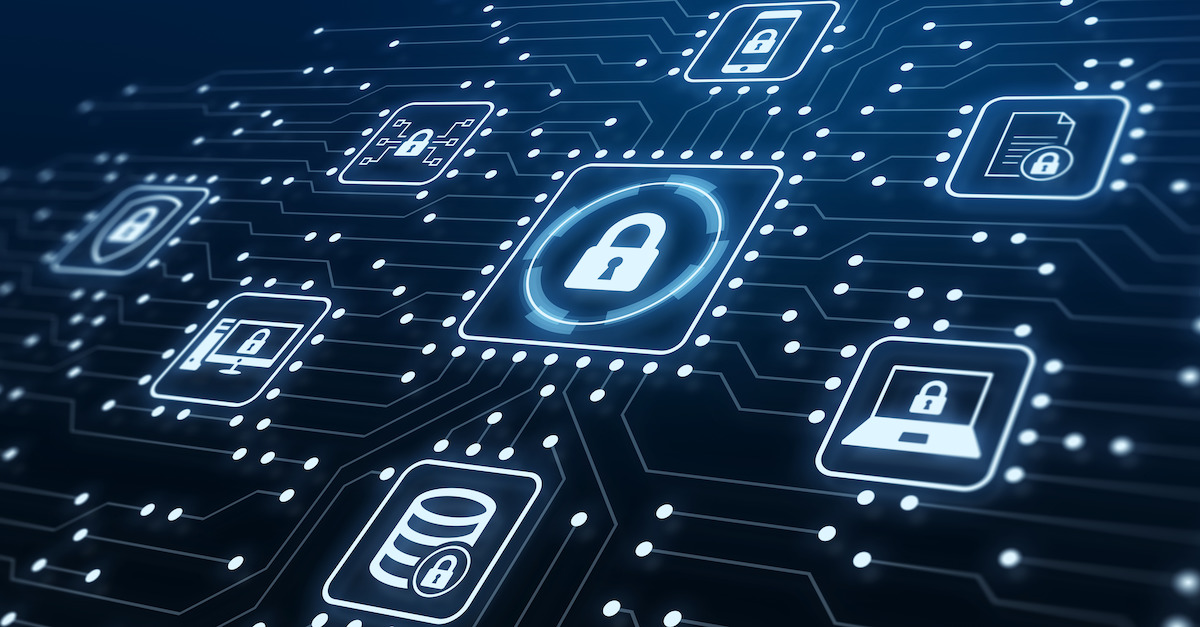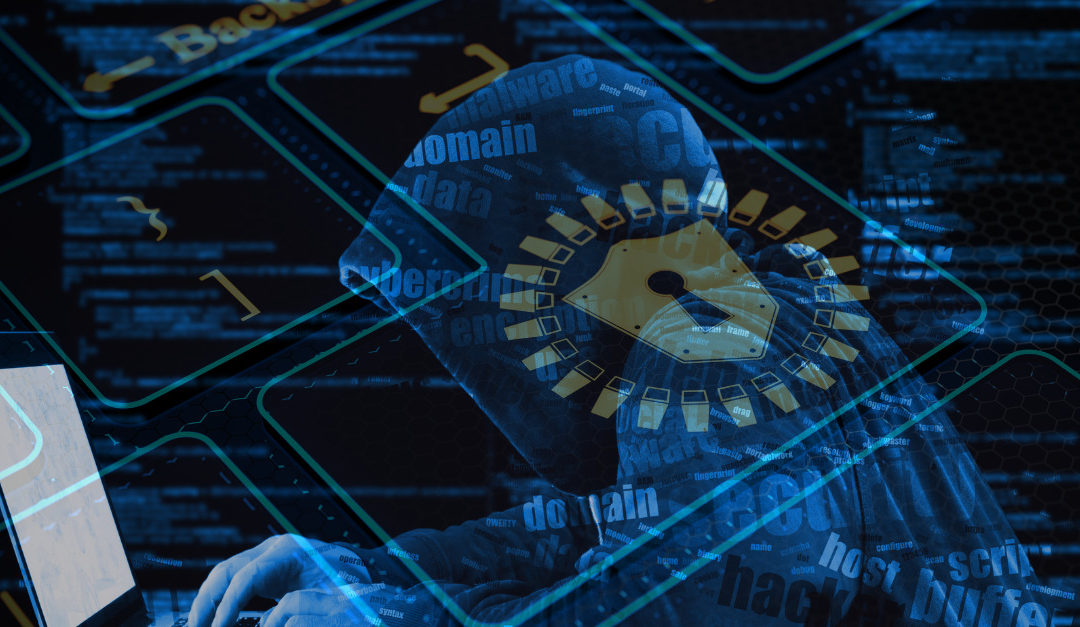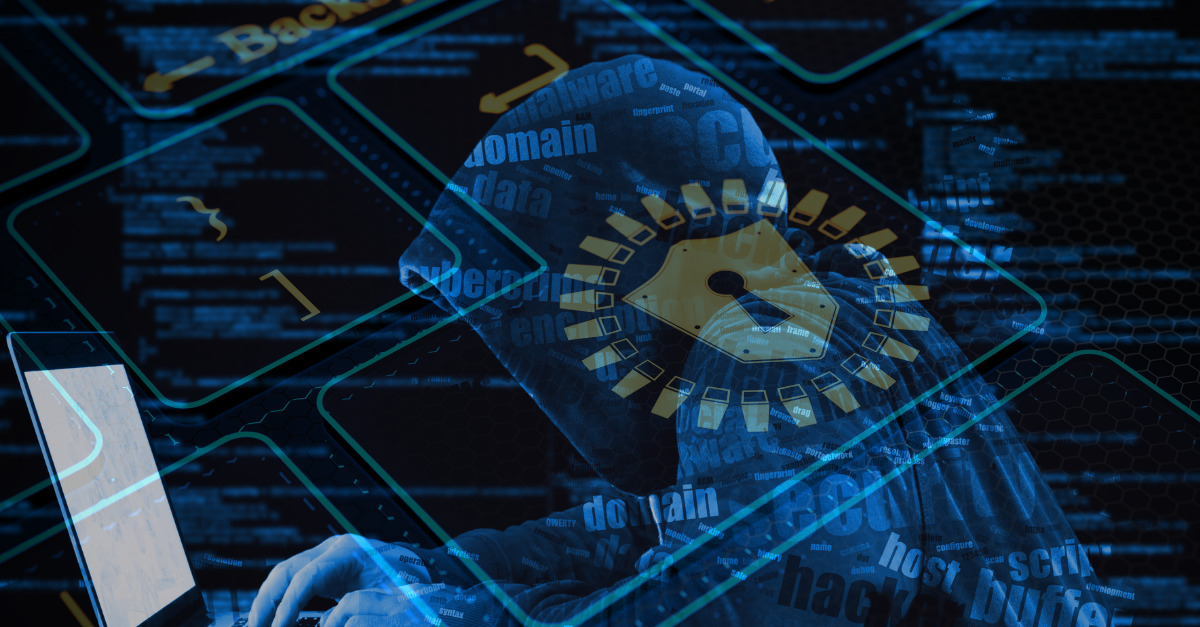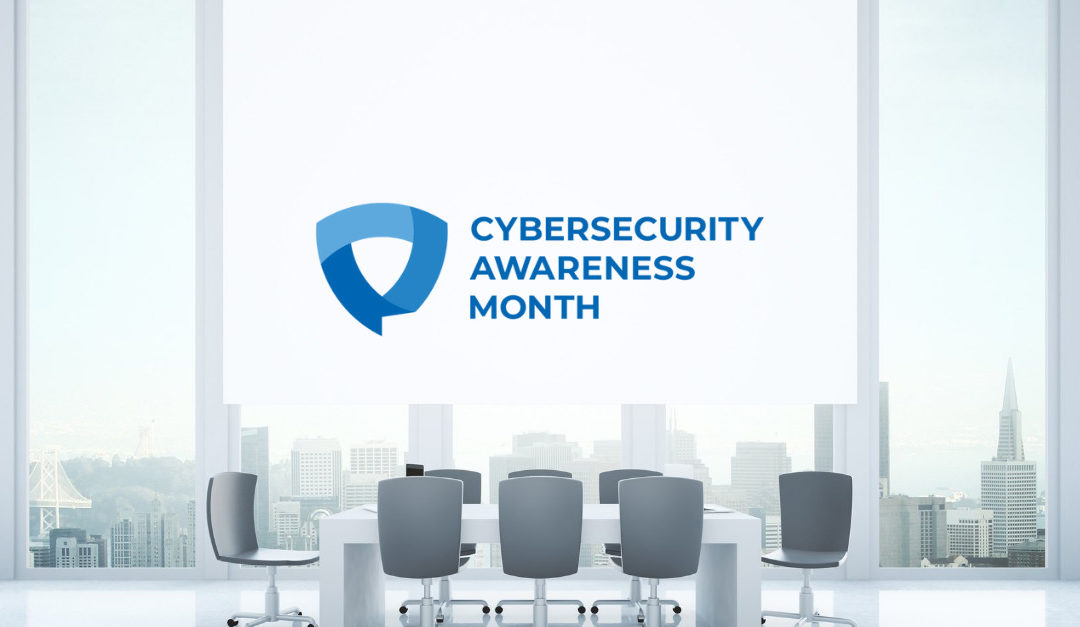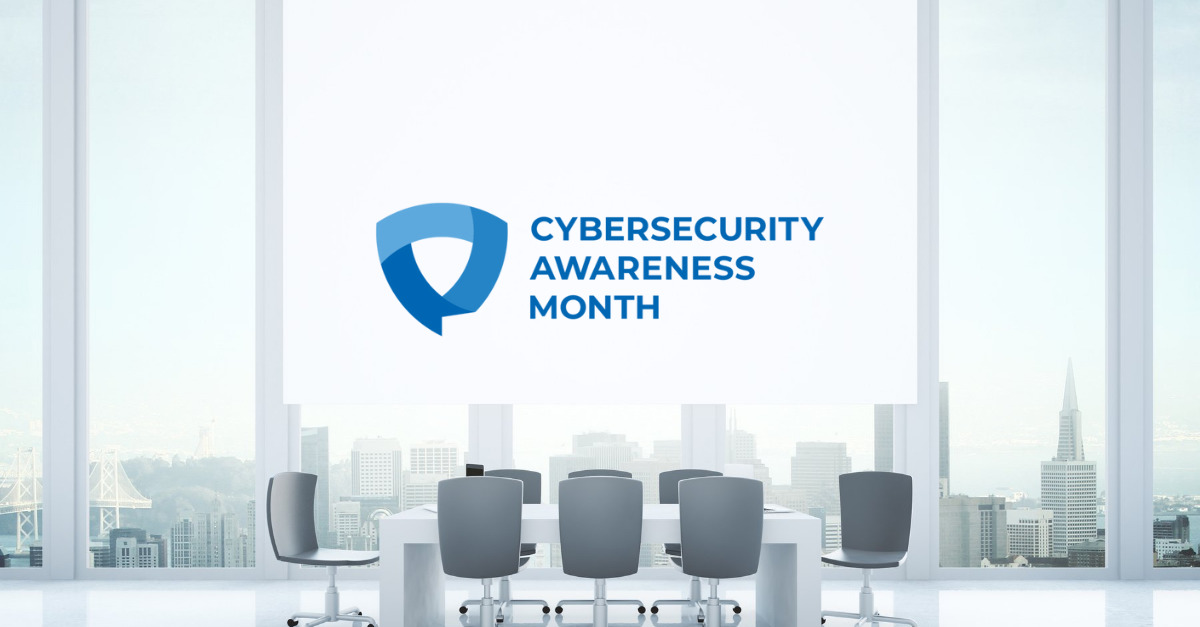
Cybersecurity Insurance Policy Pleasantries
Do you feel like your business insurance policy will cover you in the event of a digital disaster? If you’re online, you’re at risk, and small and medium businesses that engage in e-commerce are especially vulnerable to threats. To prepare for zero-day cyber attacks and other threats, you can enroll in a cybersecurity insurance plan. Let’s have a look at how you can protect yourself against losses by using cyber security solutions and cybersecurity insurance together.

How much cybersecurity insurance coverage do you need?
Your coverage should match your maximum level of acceptable losses. Your risk increases as your online presence grows, and each year cybercrime gets smarter, with novelty attacks arising from talented dark web lurkers.
Hackers never rest, and security software IT companies must match their energy and their creativity. As a business owner, you face the great responsibility of securing your servers, your networks, your employees, and your customers. Even with everything protected by cybersecurity software solutions or by SECaaS (Security as a Service) management, you’ll want to ensure that your insurance coverage offers some hope if and when digital disaster strikes.
- Know your cyber risks
- Know your cyber threats
- Know how much cyber insurance coverage you need
- Know how the cyber security landscape is evolving
What is cybersecurity insurance?
Like healthcare insurance can’t prevent you from getting sick, cybersecurity insurance can’t prevent you from getting hacked. Therefore, your first step should be to buy a comprehensive cybersecurity solution. Do not trust a default security installation or setting. Zero-day attacks, often in the form of ransomware, evolve beyond the fundamental levels of cybersecurity. A basic security assessment, including a dark web scan, is a free service from a managed IT service provider like EstesGroup, and can reveal any issues that could result in a breach. Before you buy cybersecurity insurance, assess your risks and know your current threats.
Your next step is to invest in a comprehensive cybersecurity insurance plan. Understanding that insurance coverage is an aftereffect activity, like cleaning up downed trees following a thunderstorm. Breach cleanup can be as simple as credit monitoring or as complex as lawsuits and shutdowns.
Some industries regulate the level of protection you need. If you’re unsure about your industry compliance regulations, talk to EstesGroup consultants. In most cases, cyber incidents can be prevented by following the strict government guidelines that govern your industry.
In the event of a security breach, a cybersecurity insurance plan can help you redeem your losses, protect your reputation, and recover damages.
Cybersecurity insurance should include coverage for the things that matter most to your business operations, from server to remote worker:
- System or network takeovers
- Financial losses
- Data breaches
- Sensitive information theft
- Data theft
- Ransomware extortion payments
- Company losses
- Customer information breaches
- Personal information and identity theft
- General liability
- Business interruption
If you store sensitive data on-premise or on a local server, you’ll need more comprehensive coverage since in-house and local systems are easily breached. Consider storing your data in a private cloud or a hybrid cloud platform for enhanced security and lower cyber insurance requirements. A good data center will offer a 100% SLA (service level agreement) and carry the risk of the losses mentioned above for you, which means you don’t have to worry about a cyberattack. The cloud provider and data center are mitigating these risks for you.
A managed service provider scans the cybersecurity insurance policies and insurance companies for you.
Cybersecurity insurance plans are a common loss for companies because business owners often overspend, thinking more money invested means lower risk. Don’t get tricked by the nefarious ways of fly-by-night cybersecurity insurance agents. EstesGroup is here to help you navigate relationships with cybersecurity professionals. Some of the experts you need to plan your cybersecurity policies and protocols are in-house at EstesGroup. And when it comes to things like cybersecurity insurance, the Estes team can serve as your liaison so that you get the best rates, the best services, and the best future for your business.
Is your business safe?
If you have a level of cybersecurity insurance that falls in your comfort zone, and if you have security services in place that will indeed protect your data in an attempted breach, then you will operate as a trusted business in the digital world. If you’ve suffered losses to your business or to your reputation because of a security breach, please reach out to us. Sometimes even the best solutions fail, and our managed IT services team can help you recover from disaster and surface vulnerabilities as they develop in your business.
How much does insurance cost your business every year? 2022 cybersecurity insurance rates are skyrocketing as the digital landscape is becoming more dangerous for American businesses. Even small businesses can benefit from liability coverage. Let’s begin a conversation about how digital transformation can help secure your business. We even protect the insurance firms!

